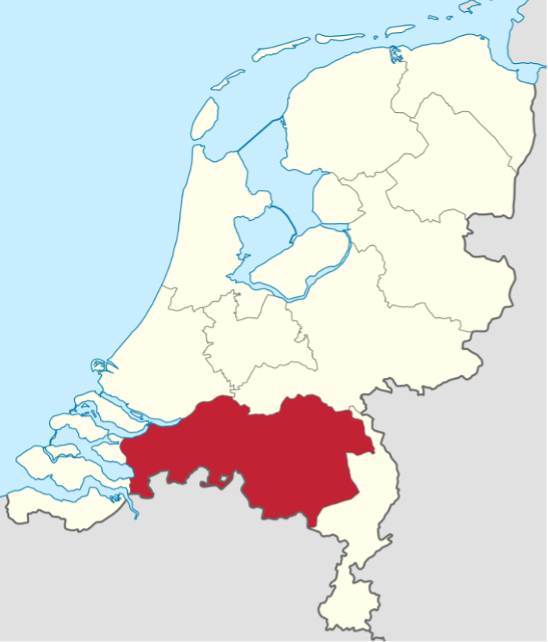Time span: June 2021–present
Case study conducted by: Dr. Pieter Zwaan
SDGs: 6, 7, 8, 12, 13 and 15.
Methods: Observational methods, document analysis, two interview rounds (the final round using the GoGreen questionnaire) and the GOGREEN mini-survey.
Partners: several nature/landscape management organizations, a representative of the agriculture sector, a drinking water company, a regional water authority, a municipality, the province, as well as representative of the national authorities, municipalities, a representative of private landowners in the area, and others


This is a case of a regional landscape (collaborative) governance process, taking place in the southern part of the Netherlands in the province Noord-Brabant. The governance process is organised around a large so-called EU Natura 2000 protected nature area. The process is part of a broader provincial program to step up the nature conservation and restoration efforts (in particular in Natura 2000 areas and its surroundings), in order to address and mitigate the negative impacts of other land-use activities. This is in alignment with SDGs: 6, 7, 8, 12, 13 and in particular 15.
Due to the negative effects of other land-use activities, in particular the impact of nitrogen depositions resulting amongst other from intensive agricultural practices, nature areas are in a deplorable state, thereby violating EU obligations. As a result of this, legal permits, needed for economic developments (construction, industry and farming) that contribute to further nitrogen depositions, are put on hold. The restoration of nature areas has to make economic developments possible, yet also continue to offer a (alternative) perspectives for farming practices.
This “double goal” follows from the national Nitrogen Reduction and Nature Restoration Act, which introduced a general reduction target for nitrogen depositions, as well as an obligation to improve the quality of Nature 2000 sites through site-specific plans, to be developed by provincial authorities in collaboration with other (semi-) public and private stakeholders. Besides the studied area, the province allocated 16 other sites around which it organized regional collaborative landscape governance processes.
The governance process initially attracted around ten different organisations, including several nature / landscape management organizations, a representative of the agriculture sector, a drinking water company, a regional water authority, a municipality, the province, as well as representative of the national government. Over time, several other parties joined, such as other municipalities and a representative of private land owners in the area. Citizens are not (yet) directly involved in the process, but will be, when the goals and plans will become more specific.
The process is convened on behalf of the province with the explicit agreement of several of these organisations. Parties are expected to work “bottom-up” on the double goal of nature restoration and offering a perspective to agriculture, but also take into account other developments and challenges in the area, e.g. climate change. Water management has attracted attention in particular in the area. The main idea is that by adopting an integrative perspective for the area, several challenges can be addresses at the same time and would lead to innovative solutions and synergies. The “bottom-up” approach, however, has come under pressure. Increasingly, new national and provincial ambitions and goals have to be translated and accommodated at the regional level.
Independent process facilitators, hired by the province, play a role in managing the collaborative process.
The study consist of two “land use-planning” stages undertaken in the process so far: a so-called Exploration of the area and the making of a so-called Vision for the area. These two stages aim to set out the main goals and ambitions for the area, based on which more specific plans and programs will have to be developed in the near future.
Data has been collected primarily though observational methods, document analysis, two interview rounds (the final round using the GoGreen questionnaire) and the GoGreen mini-survey. The researcher [Dr. Pieter Zwaan] was given the opportunity to participate in, and observe all meetings of a so-called taskforce (consisting of civil servants or stakeholder / process managers) from June 2021 until now. The role of the taskforce is to prepare and implement decisions taken by the “governors” of the different organisations.
In GOGREEN, we define the green SDGs as the following SDGs: SDG 6, SDG 7, SDG 11, SDG 12, SDG 13, SDG 14, SDG 15
This website uses strictly-necessary cookies. To read more about WordPress cookies, click here. Please click on the ‘Accept’ button to continue on to the GOGREEN Project site.